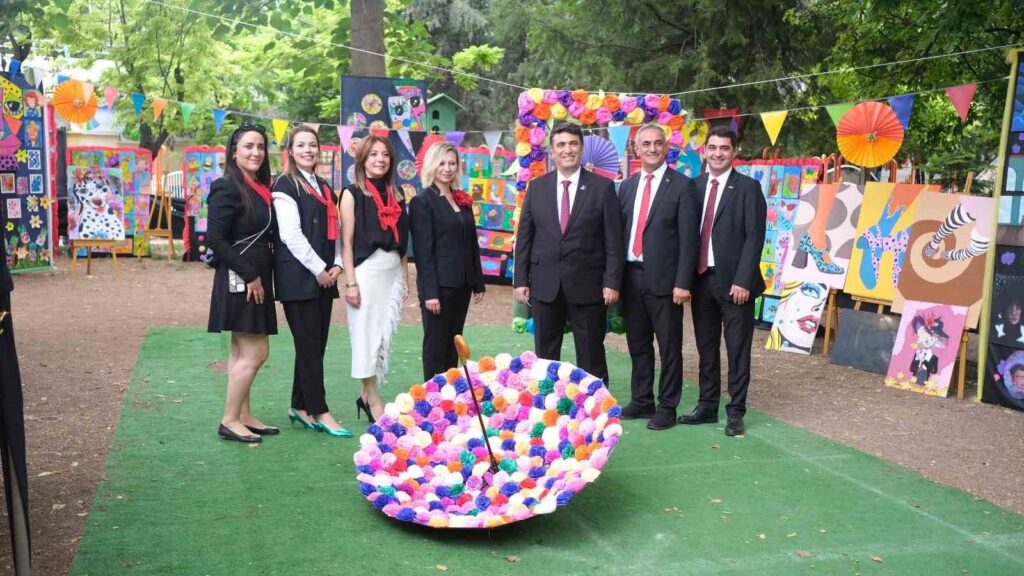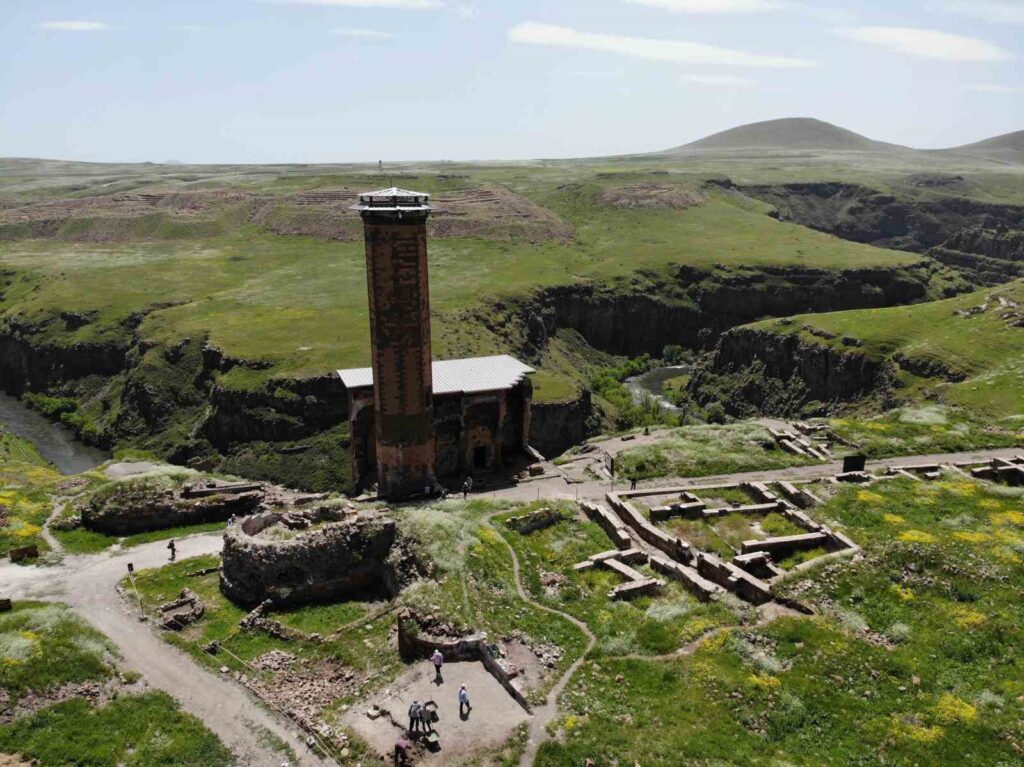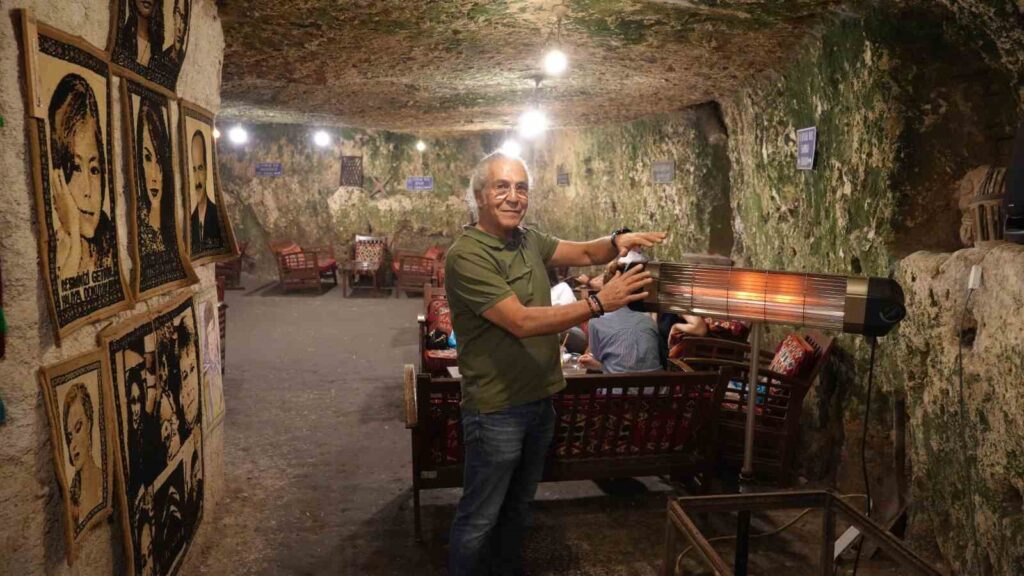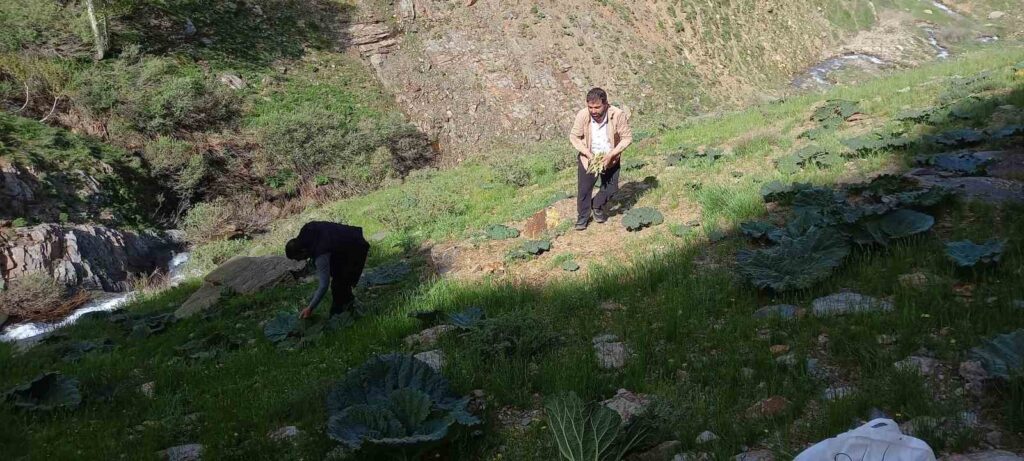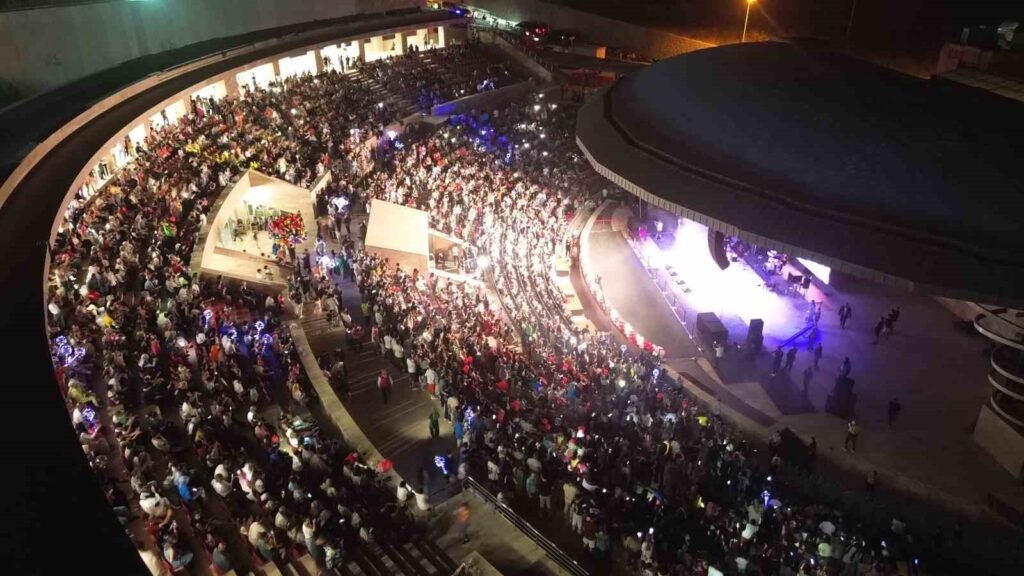The Ottoman flag is being carried to the future by skillful hands.
The Kırşehir Ahi Banner, made of silk fabric and determined to belong to the era of Sultan Abdülhamid II based on the seal on it, was handed over to expert hands for restoration at the Erzurum Restoration and Conservation Regional Laboratory. Made of cotton and silk threads…
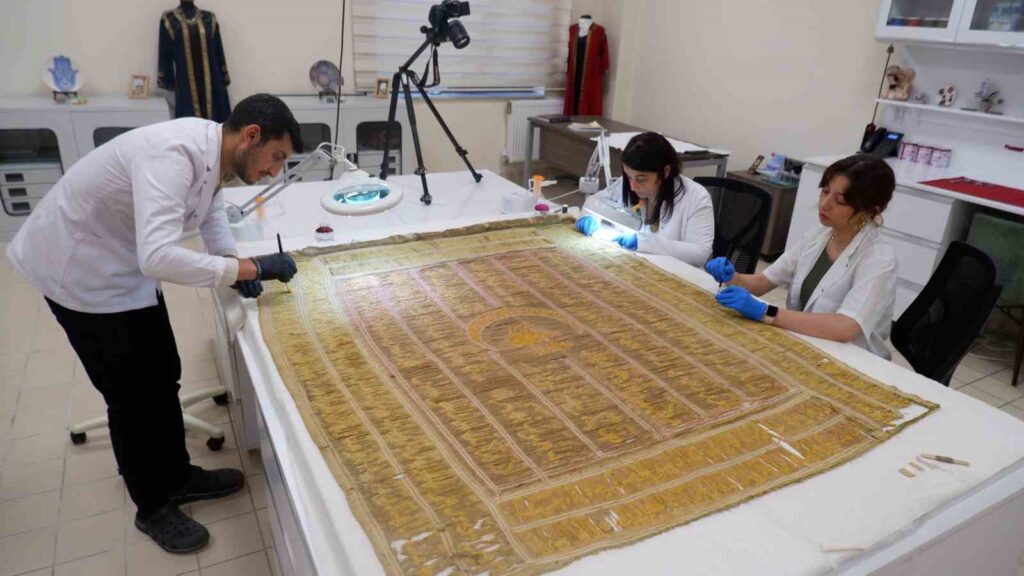
The Kırşehir Ahi Banner, identified as belonging to the period of the 2nd Abdulhamid based on the seal on it and made of satin fabric, was handed over to skilled hands for restoration at the Erzurum Restoration and Conservation Regional Laboratory.
The Kırşehir Ahi Banner, dating back to the period of the 2nd Abdulhamid and made of cotton and silk thread, has begun to be restored at the Erzurum Restoration and Conservation Regional Laboratory textile workshop. Deteriorations were identified in the banner previously under protection in Kırşehir. Therefore, the banner was sent to Erzurum. A team of 4 expert restorers at the Erzurum Restoration and Conservation Regional Laboratory, affiliated with the Ministry of Culture and Tourism, started restoring color fading and fiber deformation with patience and meticulousness. After the restoration and conservation work, planned to last 2 years, the Ahi Banner will be exhibited at the Kırşehir Museum Directorate.
“First, a situation analysis was conducted” The Ahi Banner, 2 meters in length, double-sided, surrounded by a fringe mixed with copper, featuring verses from Bakara, Enfal, Hud, and Rad, and the seal of the 2nd Abdulhamid, was brought to Erzurum some time ago due to losing its strength because of color fading and fiber deformation. After receiving the banner, the 4-person expert team at the Erzurum Restoration and Conservation Regional Laboratory first conducted a situation analysis. Following the determination of the restoration and repair plan; color analysis, material and element analysis, and strength determination were carried out. While the disintegrated fibers were straightened with cold steam and suitable techniques, the copper-mixed tassels around it were separated from the artifact for analysis and restoration.
“A meticulous and sensitive work is being carried out” Art historian and restorer Rabia Genç, emphasizing that they are meticulously continuing the restoration of the double-sided banner, stated, “The replica of the artifact exhibited in Kırşehir was brought to our laboratory for the preservation and display of its original form. We identified a loss of strength in the fibers of the Ahi Banner due to its intended use. There were color fading, separations, and breakages on the artifact. By conducting color analysis, fiber strength analysis, and element analysis, we set our course. We began straightening the disintegrated fibers with cold steam and suitable techniques. Firstly, we straighten its fibers with steam. This process to be applied to the entire surface of the artifact requires very meticulous work. We also reinforce it with suitable material. Our work is estimated to last for 2 years, thus carrying the heritage of our ancestors to the future in a more robust way. We are conducting a sensitive and interdisciplinary work for our valuable artifact.” Restorers Örüm İmamoğlu and Muhammed Kırmaç from the Erzurum Restoration and Conservation Regional Laboratory also expressed their happiness for contributing to the transfer of the banner to future generations.


